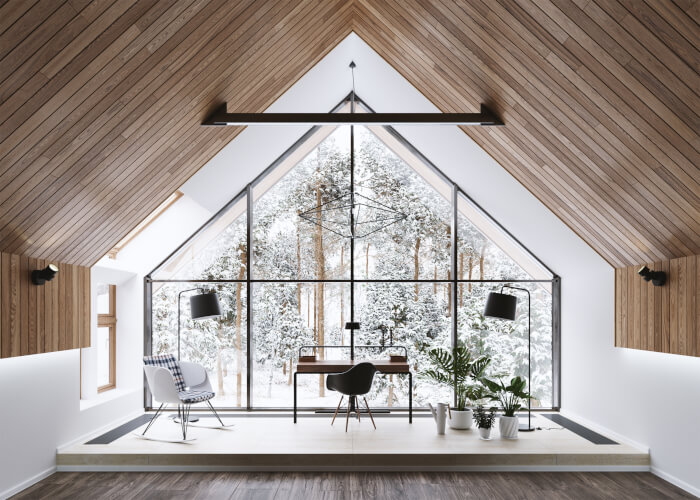
With the evolution of Blender over the years, a lot of new renderes have become available to us as options to create some incredible images for architecture. Today a lot of artists put all their efforts on Blender Cycles, and it is a great option but we can’t forget that there are other renderes and artists creating beautiful artwork with Blender. Here is another impressive project made with Blender and Octane Render by the well-known artist Enrico Cerica.
The image that illustrates this post is just an example of his Industrial Loft Corner project, and if you follow the link to the original post at the Octane Render forums, you will find several other images.






